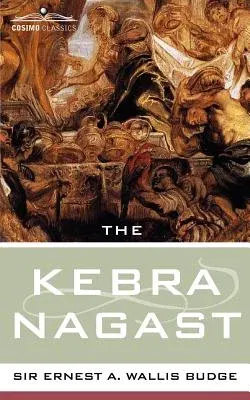A "great storehouse of legends and traditions" according to translator
E.A. Wallis Budge, 'The Kebra Nagast' most likely dates back to the
sixth century AD, and provides an alternative view of many biblical
stories. According to this ancient text, the kings of Ethiopia were
descended from Solomon, King of Israel, and the Queen of Sheba; the Ark
of the Covenant had been brought from Jerusalem to Aksum by Meyelek, the
son of Solomon and the Queen of Sheba; and the God of Israel had
transferred his place of abode on earth from Jerusalem to Aksum, the
ecclesiastical and political capital of Ethiopia. ". . .[O]nly in the
Kebra Nagast, and not in the Bible. . . the bold assertion is made. . .
that the Ark had gone from Jerusalem to Ethiopia." ". . . [H]ow could
the most important Biblical object in the world end up in the heart of
Africa. . . ? The Kebra Nagast with a great deal of weight and
historical authenticity. . . offers a clear answer to this question. . .
as Ethiopia's claim to be the last resting place of the lost Ark remains
unchallenged. . ." ". . . [T]he Kebra Nagast's audacious claim of a
massive cover-up. . . [and] all information about the tragic loss of
the Ark during Solomon's reign had been suppressed, which is why no
mention is made of it in the Scriptures." ". . . a great epic. . . a
remarkable document. . . erected above a solid foundation of historical
truth." --Graham Hancock "The Sign and the Seal" E.A. WALLIS BUDGE was
the curator of Egyptian and Assyrian Antiquities at the British Museum
and he collected a large number of manuscripts. He is perhaps best known
for translating "The Egyptian Book of The Dead," but he also created
books of translated hieroglyphs, Egyptian religion, mythology, and
magic. He was knighted in 1920.


